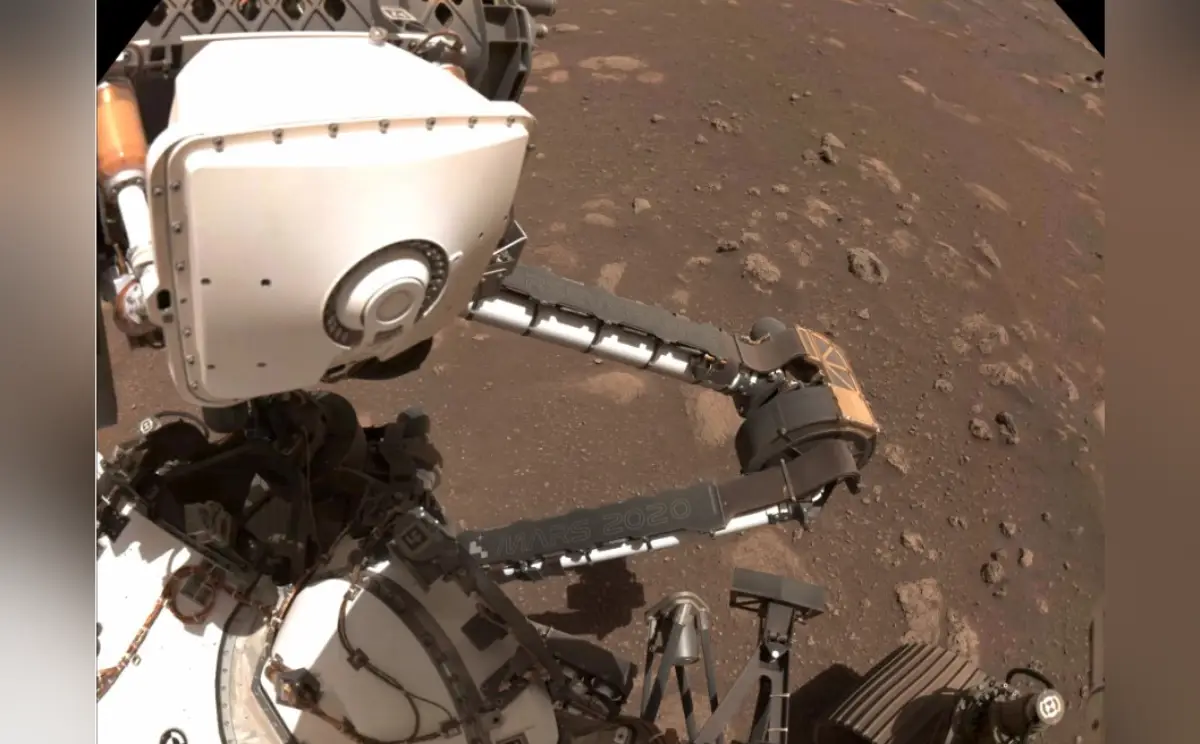
NASA Uses AI To Analyze Rocks On Mars
PASADENA, CA (IANS) – In a first, the Perseverance Mars Rover Mission used Artificial Intelligence on the red planet to make autonomous decisions based on real-time analysis of rock composition, said mission officials at NASA.
While the Rover Mission has been using AI for nearly three years to autonomously identify minerals within Martian rocks, it is the first time they used the technology on Mars to make real-time decisions about rock composition.
These advances are promising steps toward future “smart” spacecraft capable of independently determining what data to collect, where to find it, and how to analyze it, bringing the scientists’ vision of interpreting Mars closer to reality.
NASA’s Perseverance Rover uses AI and its PIXL instrument to decide when to drill rock cores, storing them for future return to Earth as part of the Mars Sample Return campaign.
“We use PIXL’s AI to home in on key science,” said the instrument’s principal investigator, Abigail Allwood of NASA’s Jet Propulsion Laboratory in Southern California.
Perseverance and Curiosity, 2,300 miles apart, both utilize AI for autonomous tasks: Perseverance for navigation and adaptive sampling, and Curiosity for laser analysis of rock composition.
This AI reduces the workload of scientists and increases mission efficiency, allowing more science to be done faster.
AI aids PIXL in positioning by using a hexapod with six robotic legs to adjust the spectrometer on Perseverance’s arm.
-PIXL’s camera checks the distance to the rock, making micrometer-scale adjustments to compensate for temperature-induced arm expansion or contraction, ensuring precise placement without contact.
-PIXL uses AI to scan a rock’s surface, firing thousands of X-ray beams to map chemical compositions. This helps identify minerals like carbonates and phosphates, which provide clues about Mars’ history and potential for past life.
-When PIXL detects certain minerals, it can automatically perform a “long dwell” to gather more data.
As Machine Learning improves, PIXL’s focus list expands.




